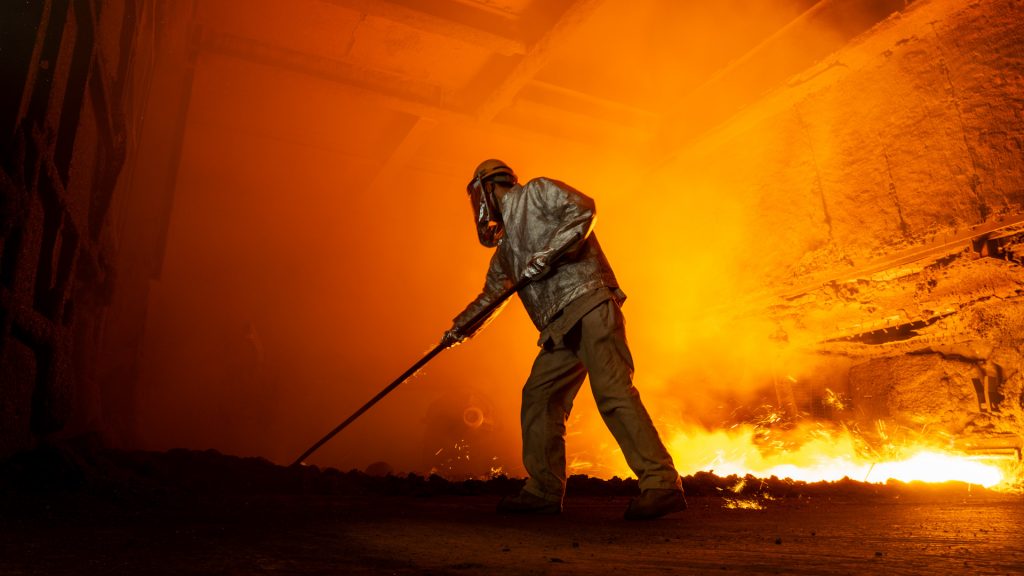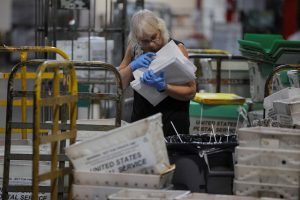Trump doubles steel, aluminum tariffs to 50% in national security move

President Donald Trump doubled tariffs on imported steel and aluminum to 50% on Tuesday, June 3, through a presidential proclamation that cited national security risks and the need to counter foreign oversupply. The White House said the move aims to protect U.S. manufacturers from trade practices it says weaken domestic production and threaten defense readiness.
Trump initially imposed 25% tariffs under Section 232 of the Trade Expansion Act in 2018, after the Commerce Department found that excessive metal imports posed a threat to national security.
A February 2025 review by the department concluded that the initial tariffs offered only limited relief, prompting the administration to raise the rate.
How will this affect US industries and consumers?
Economists and industry groups argue that higher tariffs will increase costs for American companies that rely on steel and aluminum, including automakers, aerospace firms, construction companies and food packaging manufacturers.
Reactions were mixed. Kevin Dempsey of the American Iron and Steel Institute backed the hike, calling it necessary to address global oversupply. But Robert Budway of the Can Manufacturers Institute warned it would raise canned food prices and burden consumers.
Analysts caution that the added costs could slow U.S. manufacturing and contribute to inflation across sectors that rely on metals.
Which countries are most affected by the new tariffs?
Canada remains the top supplier of both steel and aluminum to the U.S., followed by Mexico, Brazil, South Korea and Germany, according to the International Trade Administration. European exporters, including Germany, Sweden and Italy, will face the full 50% tariff, which industry representatives say could disrupt trade.
Canadian aluminum and steel groups condemned the move, with the Aluminium Association of Canada calling it “economically unviable.” Canadian officials reported a nearly 30% drop in steel exports to the U.S. since the U.S. imposed the 25% tariffs earlier this year.
Why is the United Kingdom exempt from the 50% tariff?
The U.K. will remain subject to the 25% rate under a temporary exemption, part of the U.S.-U.K. Economic Prosperity Deal signed May 8. The June 3 proclamation warns the U.K. could face a higher 50% rate by July 9 if trade conditions aren’t met.
What happens next with enforcement and compliance?
The proclamation orders U.S. Customs and Border Protection to tighten reporting requirements for the content of imported steel and aluminum. Importers who misreport could face penalties, have their trade privileges revoked or be subject to criminal charges.
Items in foreign trade zones with “privileged foreign status” before Wednesday, June 4, will still be subject to the new tariffs upon withdrawal.
Refunds won’t be available under the new rules. The Commerce Secretary will monitor trade levels and may push for further changes or potentially lift the tariffs if the situation changes.





